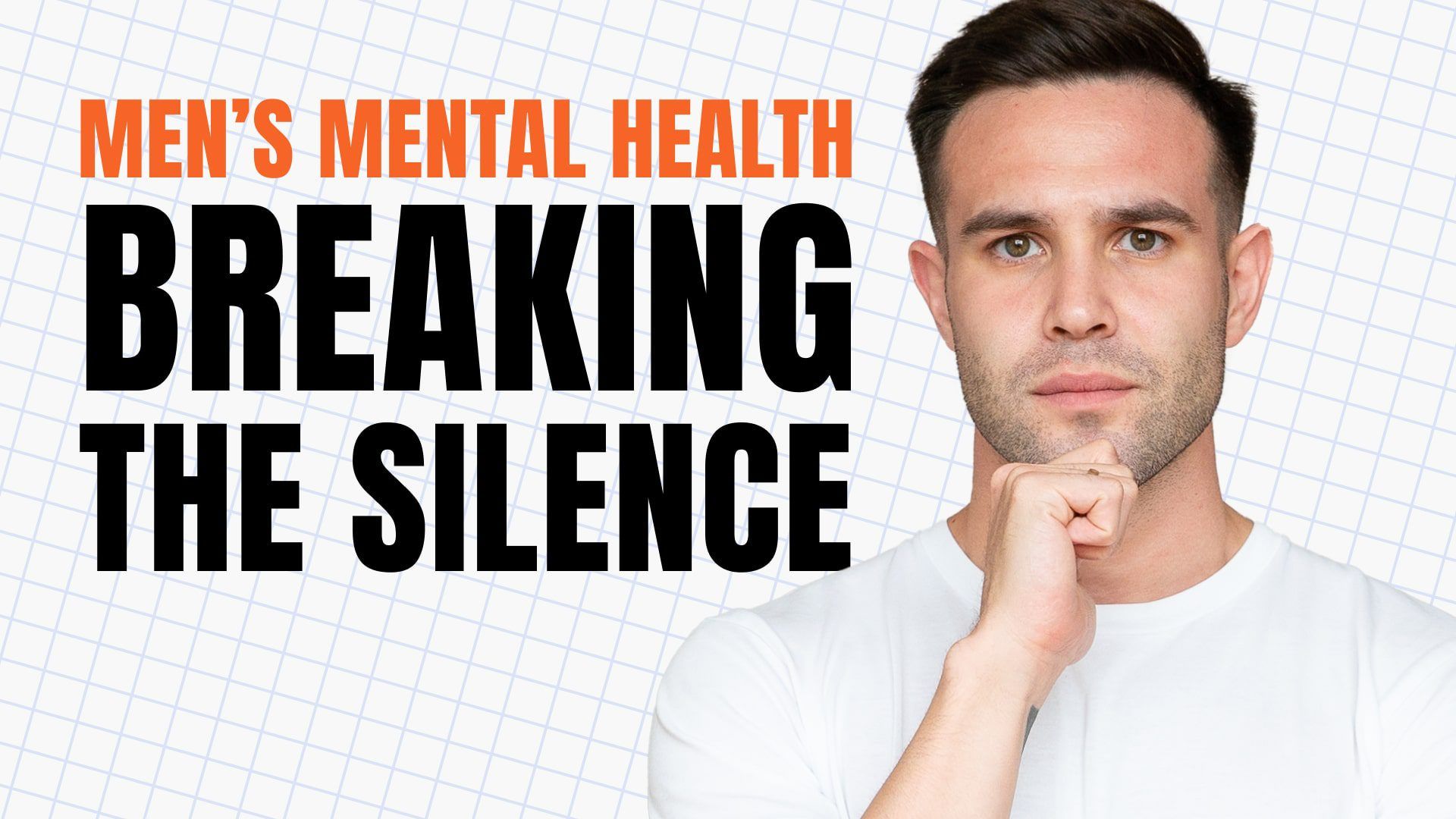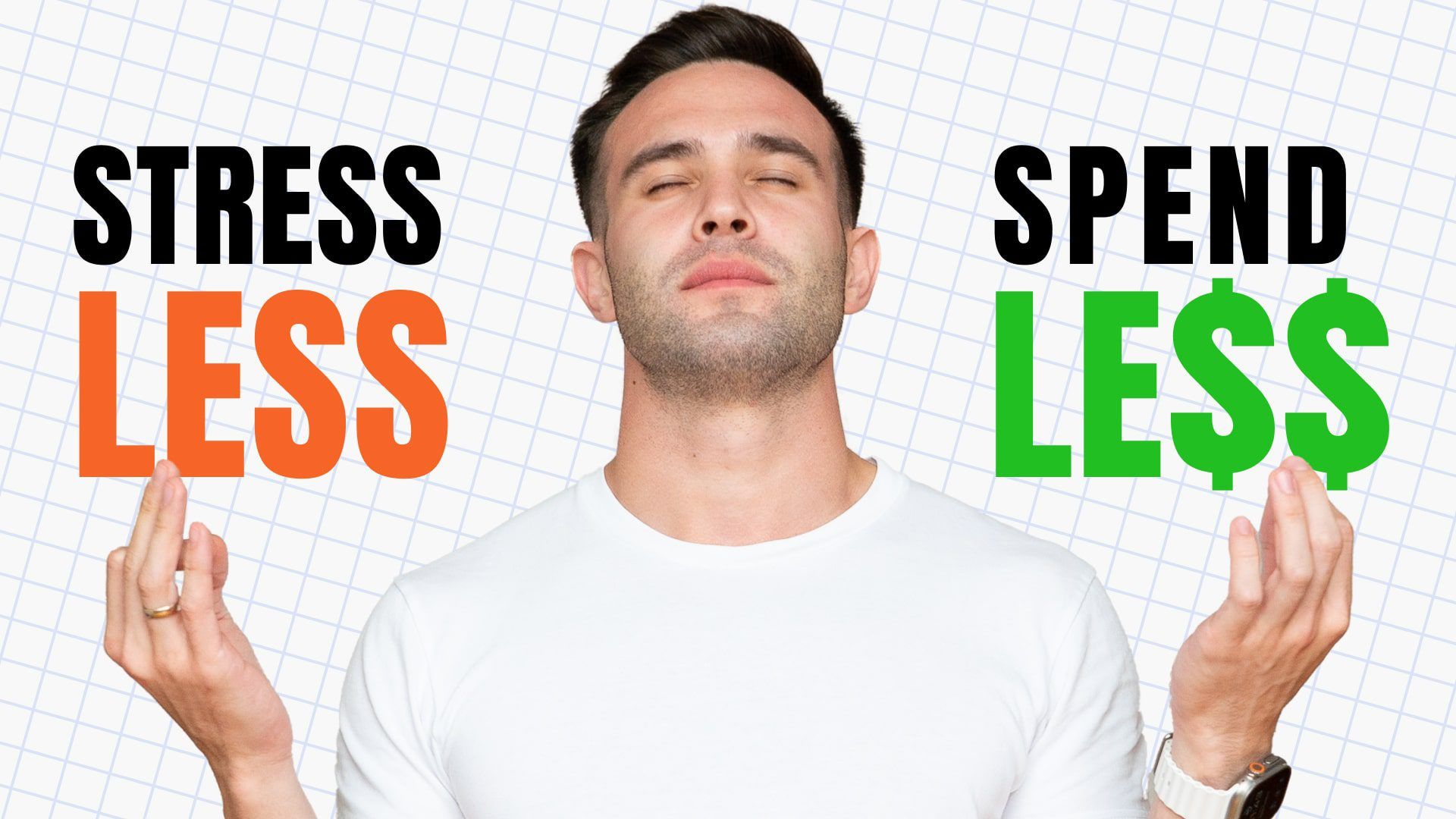
Calculate Your Burned Calories: Calories Burned Calculator + Guide
Table of contents
Calorie Burned by Distance Calculator
In this article, you will learn…
In this article, you’ll discover how to accurately calculate and track the number of calories you burn during various physical activities using a calories burned calculator. Whether you’re walking, running, cycling, or performing daily chores, understanding your caloric expenditure is crucial for managing your weight, setting fitness goals, and improving overall health. This guide will provide a step-by-step explanation of how the calculator works, how to interpret your results, and the practical applications of tracking calories burned.
Key Takeaways
- The calories burned calculator estimates the number of calories you expend based on the activity, duration, and your body weight.
- Understanding how many calories you burn during different activities helps you manage your weight and optimize your fitness routine.
- The calculator uses MET values (Metabolic Equivalent of Task) to provide personalized and accurate results.
- By tracking your caloric burn, you can make informed decisions about your diet and exercise, ensuring that you meet your health and fitness goals.
How the Calories Burned Calculator Works
Key Metrics Used in the Calculator
The calories burned calculator uses several key inputs to provide an estimate of your caloric expenditure during various activities:
- Activity Type: The calculator includes a wide range of activities, from walking and running to household chores and sports. Each activity has a specific MET value, which represents the energy cost of the activity.
- Duration: The amount of time you spend performing the activity, entered in hours and minutes. The longer the duration, the more calories you burn.
- Body Weight: Your weight significantly impacts the number of calories burned. The calculator allows you to input your weight in either pounds or kilograms, as heavier individuals typically burn more calories during the same activity.
These metrics are combined to calculate the total calories burned during a given activity, providing you with a personalized estimate based on your specific inputs.
Step-by-Step Calculation
Example Calculation: Let’s say you want to know how many calories you burn while running for 45 minutes. Here’s how the calculator would assess your caloric burn:
- Select the Activity: Choose “Running” from the list of activities in the calculator. Running has a higher MET value compared to less intense activities like walking.
- Input the Duration: Enter the duration of the activity. In this example, you would input 0 hours and 45 minutes.
- Enter Your Body Weight: Input your weight, which will be used to adjust the calorie estimate. For instance, if you weigh 160 pounds, the calculator will convert this to approximately 72.6 kilograms.
- Calculation Using MET Value: The calculator multiplies the MET value for running by your weight in kilograms and the duration in hours to estimate the total calories burned.
Example: Running at a moderate pace has a MET value of approximately 7.0. For a person weighing 72.6 kg running for 0.75 hours (45 minutes), the calculation would be:
Thus, you would burn approximately 380 calories during the 45-minute run.
This process provides you with a clear estimate of how many calories you’re burning during different activities, helping you make informed decisions about your exercise routine and caloric intake.
Interpreting Your Calories Burned Results
Understanding MET Values
MET (Metabolic Equivalent of Task) values are a key component in calculating the calories burned during physical activities. A MET value represents the energy cost of an activity compared to resting. For example, an activity with a MET value of 1 burns the same amount of calories as you would at rest, while a MET value of 7 indicates that the activity burns seven times more calories than resting.
- Low-Intensity Activities: Activities like walking slowly or light housework typically have MET values between 2 and 4.
- Moderate-Intensity Activities: Moderate exercises, such as brisk walking or cycling at a casual pace, have MET values ranging from 4 to 6.
- High-Intensity Activities: Vigorous activities, such as running or swimming laps, often have MET values of 7 or higher.
Understanding these MET values helps you gauge the intensity of your activities and estimate the corresponding calorie burn more accurately.
Impact of Weight on Caloric Expenditure
Your body weight plays a significant role in determining how many calories you burn during physical activities. Generally, the more you weigh, the more energy (calories) your body uses to perform the same activity.
- Higher Body Weight: Heavier individuals burn more calories because it requires more energy to move a larger body mass. For example, a person who weighs 200 pounds will burn more calories walking for an hour than a person who weighs 150 pounds.
- Lower Body Weight: Conversely, lighter individuals burn fewer calories during the same activity. This is why weight loss can sometimes slow down your calorie burn, even if you maintain the same exercise routine.
When using the calculator, it’s essential to input your current weight accurately to get a precise estimate of your caloric expenditure. This will help you better manage your diet and exercise plan, ensuring that you achieve your health and fitness goals.
Activity Duration and Caloric Burn
The duration of an activity is directly proportional to the number of calories burned—the longer you engage in an activity, the more calories you will burn. However, it’s also important to consider the intensity of the activity (as represented by the MET value).
- Short, Intense Workouts: High-intensity activities for shorter durations can burn more calories than low-intensity activities performed for longer periods. For example, a 30-minute run at a fast pace can burn more calories than an hour of walking.
- Longer, Moderate Workouts: If you prefer moderate activities, increasing the duration can significantly impact your total caloric burn. For example, walking at a brisk pace for 60 minutes will burn more calories than walking at the same pace for 30 minutes.
By adjusting the duration of your activities in the calculator, you can see how different time commitments affect your overall calorie burn, helping you optimize your workouts for maximum effectiveness.
Benefits of Using the Calories Burned Calculator
Why Track Calories Burned?
Tracking the calories you burn during physical activities offers several benefits:
- Weight Management: Understanding how many calories you burn helps you balance your caloric intake and expenditure, which is essential for weight loss, maintenance, or gain.
- Fitness Tracking: Monitoring your caloric burn allows you to assess the effectiveness of your workouts and make adjustments as needed to meet your fitness goals.
- Motivation: Seeing the number of calories burned during activities can be highly motivating, encouraging you to stick with your exercise routine and challenge yourself with new goals.
Practical Applications
The calories burned calculator can be used in various ways to support your health and fitness journey:
- Workout Planning: Use the calculator to plan your workouts by estimating how many calories you’ll burn during different activities. This can help you decide how long to exercise and which activities to choose based on your goals.
- Setting Realistic Goals: Whether you’re aiming to lose weight, improve fitness, or simply stay active, the calculator provides data to help you set and achieve realistic goals.
- Daily Activity Awareness: The calculator isn’t just for workouts; it can also help you understand the caloric impact of daily activities like household chores, walking the dog, or gardening, giving you a comprehensive view of your daily energy expenditure.
By leveraging the insights from the calories burned calculator, you can tailor your activities to better align with your health objectives, ensuring you make the most of your efforts.
The Limitations of the Calories Burned Calculator
Understanding the Context of Results
While the calories burned calculator is a useful tool for estimating caloric expenditure, it’s important to recognize its limitations:
- Generalized MET Values: The calculator uses average MET values for various activities, but these values may not perfectly reflect your individual energy expenditure. Factors like personal fitness level, efficiency of movement, and exercise intensity can cause actual calorie burn to differ from the estimate provided by the calculator.
- Exclusion of Individual Factors: The calculator does not account for individual differences such as muscle mass, metabolism, or environmental conditions (e.g., temperature, humidity). These factors can significantly influence how many calories you burn during an activity.
- Simplified Duration and Weight Impact: While the calculator adjusts for duration and body weight, it assumes a linear relationship between these factors and calorie burn. In reality, the relationship can be more complex, particularly in activities involving varying intensities or intervals.
Because of these limitations, it’s best to use the calculator as a general guide rather than an exact measurement. For more accurate tracking, consider combining the calculator’s estimates with data from wearable fitness trackers or heart rate monitors.
When to Use Additional Tools and Methods
To get a more comprehensive view of your caloric expenditure, consider supplementing the calories burned calculator with other tools and methods:
- Wearable Fitness Trackers: Devices like smartwatches and fitness bands track your heart rate, steps, and activity levels in real time, offering more personalized estimates of calorie burn based on your physiological responses.
- Heart Rate Monitors: Monitoring your heart rate during exercise can provide insights into your exertion level, helping you fine-tune the intensity of your workouts and better estimate calorie burn.
- VO2 Max Testing: VO2 max is a measure of your body’s maximum oxygen uptake during intense exercise, reflecting your aerobic fitness level. Knowing your VO2 max can help refine calorie burn estimates, especially for high-intensity activities.
- Nutrition Tracking Apps: Apps that track your food intake and caloric expenditure can help you balance your diet and exercise, ensuring you meet your health and fitness goals.
Using these tools in conjunction with the calories burned calculator allows for a more accurate and personalized approach to tracking your energy expenditure, leading to better-informed decisions about your diet and exercise regimen.
FAQ
How accurate is the calories burned calculator?
The accuracy of the calories burned calculator depends on the accuracy of the input data (activity type, duration, weight) and the general nature of MET values used. While it provides a good estimate, the results should be considered approximate, as individual factors like fitness level, muscle mass, and exercise intensity can affect actual calorie burn.
Can the calculator account for varying intensities within the same activity?
The calculator uses average MET values for each activity, which might not reflect variations in intensity. For activities where intensity fluctuates (e.g., interval training), the calculator’s estimate may be less accurate. In such cases, using a heart rate monitor or a wearable fitness tracker can provide more detailed insights.
How does body composition affect the number of calories burned?
Body composition, particularly the ratio of muscle to fat, can influence calorie burn. Muscle tissue burns more calories at rest than fat tissue, meaning individuals with higher muscle mass may burn more calories during the same activity than those with less muscle mass. The calculator does not directly account for body composition, so the estimates may vary based on this factor.
Can I use the calculator to estimate calorie burn for weight loss?
Yes, the calculator can be a helpful tool for estimating the number of calories you burn during physical activities, which is crucial for creating a calorie deficit needed for weight loss. However, it’s important to combine the calculator’s results with a balanced diet and consider other factors like basal metabolic rate (BMR) and overall daily activity levels.
What are MET values, and how are they determined?
MET (Metabolic Equivalent of Task) values are a standardized way to estimate the energy cost of physical activities. One MET is the energy cost of sitting quietly, equivalent to 1 kcal/kg/hour. Activities with higher MET values require more energy and thus burn more calories. MET values are determined through research and represent averages for each activity.
Is the calculator suitable for all age groups?
The calculator can be used by individuals of all age groups, but it does not specifically adjust for age-related metabolic changes. Older adults may burn fewer calories than younger individuals during the same activity due to differences in muscle mass, metabolic rate, and overall fitness levels.
How can I track calories burned over time using the calculator?
To track calories burned over time, regularly use the calculator to estimate your calorie burn after workouts and daily activities. Keep a log of your results to monitor trends, adjust your activity levels, and assess the effectiveness of your fitness routine.
Can the calculator be used for non-exercise activities, such as daily chores?
Yes, the calculator includes a variety of daily life activities, such as cleaning, gardening, and even cooking. These activities may not burn as many calories as exercise, but they still contribute to your overall daily energy expenditure.
How does the calculator compare to wearable fitness trackers?
Wearable fitness trackers provide real-time data and often include additional metrics like heart rate, steps, and active minutes, making them more accurate for monitoring calorie burn. The calculator offers a quick estimate based on general MET values and is useful when you don’t have access to a wearable device.
What is the best way to use the calculator to plan a weight loss program?
To use the calculator for weight loss, estimate the calories burned during your planned physical activities and compare this to your caloric intake. Aim to create a calorie deficit by burning more calories than you consume. It’s important to balance exercise with a healthy diet and consider factors like your BMR and daily activity levels.
How often should I update my weight and activity data in the calculator?
For the most accurate results, update your weight regularly, especially if you’re actively losing or gaining weight. Additionally, adjust the activity type and duration as your fitness routine evolves to ensure the calculator reflects your current habits and goals.
Does the calculator account for afterburn effects post-exercise?
No, the calculator estimates calories burned during the activity itself and does not account for the afterburn effect (EPOC—Excess Post-exercise Oxygen Consumption), where your body continues to burn calories at an elevated rate after high-intensity exercise. To factor in the afterburn, consider adding a small percentage to your total calorie burn estimate for intense workouts.
How should I interpret the results in the context of my overall diet and fitness plan?
Use the results as a guideline for balancing your caloric intake with expenditure. If your goal is weight loss, ensure that you’re creating a sustainable calorie deficit. For weight maintenance or muscle gain, use the estimates to adjust your intake accordingly. Always consider the calculator’s results alongside other metrics, such as your BMR, macronutrient needs, and fitness goals, for a comprehensive approach to health and fitness.
Conclusion
Summary of the Article
This article provided a detailed guide on how to use a calories burned calculator to estimate the number of calories expended during various physical activities. You learned about the key metrics involved, such as activity type, duration, and body weight, and how these factors combine to determine your caloric burn. We also discussed how to interpret the results, the benefits of tracking calories burned, and the limitations of the calculator. Additionally, the FAQ section addressed common questions and provided practical advice for using the calculator in the context of your overall fitness and health goals.
Final Thoughts
Tracking your calories burned can be a valuable tool for managing your weight, optimizing your exercise routine, and understanding your daily energy expenditure. By using the calories burned calculator, you can make informed decisions about your diet and activity levels, ensuring that you’re on track to meet your health and fitness objectives. Remember, while the calculator provides helpful estimates, it’s important to view the results as part of a broader approach to wellness, including balanced nutrition, regular physical activity, and personalized health strategies.
Works Cited and Relevant Links
- Ainsworth, B. E., Haskell, W. L., Herrmann, S. D., Meckes, N., Bassett, D. R., Tudor-Locke, C., … & Leon, A. S. (2011). 2011 Compendium of Physical Activities: a second update of codes and MET values. Medicine & Science in Sports & Exercise, 43(8), 1575-1581.
- American Council on Exercise. (2014). Understanding the MET: A Brief Guide to Understanding the Metabolic Equivalent of Task.
- Noakes, T. D. (2001). The lore of running. Oxford University Press.
- Tudor-Locke, C., & Bassett, D. R. (2004). How many steps/day are enough? Sports Medicine, 34(1), 1-8.
- World Health Organization. (2020). Physical Activity and Adults.
I am not a doctor, fitness coach, nutritionist, or trained health professional. The information I share is based on my personal experience, self-research, and insights from working with health and wellness professionals. My content is for informational and entertainment purposes only and is not intended as health advice.
Always consult with your healthcare provider before making any significant changes to your health routines or treatments. I am not liable for any actions taken based on this information.
Your well-being is my top priority. Stay healthy and take care!










Leave a Reply